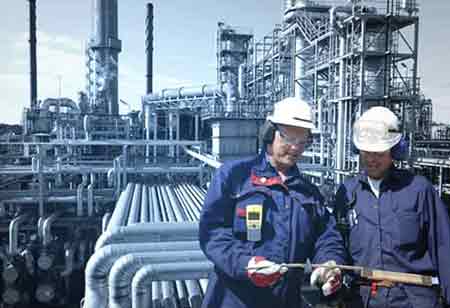Thank you for Subscribing to Electrical Business Review Weekly Brief
I agree We use cookies on this website to enhance your user experience. By clicking any link on this page you are giving your consent for us to set cookies. More info
Innovative Strategies for Power Electronic Converters
Power electronic converters enhance efficiency, integrate renewables, provide advanced control, manage thermal aspects, enable miniaturization, and promote sustainability to meet evolving energy and technology needs.

By
Electrical Business Review | Monday, September 30, 2024
Stay ahead of the industry with exclusive feature stories on the top companies, expert insights and the latest news delivered straight to your inbox. Subscribe today.
Power electronic converters enhance efficiency, integrate renewables, provide advanced control, manage thermal aspects, enable miniaturization, and promote sustainability to meet evolving energy and technology needs.
Fremont, CA: Power electronic converters are integral to electrical energy management and conversion for various application requirements in modern electrical systems. While technology has been evolving with changing energy demands, the strategies applied within power electronic converters are also at a significant breaking point, comprising demands for efficiency improvement and performance improvement with the integration of renewable energy sources.
Efficiency improvement is among the main focal points of modern power electronic converter strategies. Most conventional converters need help concerning energy losses that may be significant enough to affect the overall performance of a system and operational costs. Recent developments have introduced new designs and topologies of converters with minimal losses. It is possible to make converters work more efficiently using soft switching and resonant conversion techniques, which allow either a reduced switching loss or improved thermal management.
All this has been achieved with the rise of renewable sources such as solar and wind power, which has modified the dynamics in power conversion with a demand for efficient handling of variability and intermittency. Advanced control strategies and converter design, like MPPT in solar converters and sophisticated battery storage system algorithms, are being developed to face the challenges.
The introduction of sophisticated control techniques is revolutionizing power electronic converters. Digital controllers and advanced algorithms are widely used for higher performance and flexibility in new power converters. Digital control enables much higher precision and flexibility than analogue control; for example, it allows converters to respond in real time and actively optimize performance given variable operating conditions. This evolution of control technology allows more sophisticated and adaptive conversion strategies, hence better system stability and efficiency.
The field of thermal management still stands out as one of the most critical in the design of power electronics converters. Electrical converters are being made more compact and with higher power densities; hence, this calls for improved heat management techniques that prevent overheating and guarantee a highly reliable service. Innovations are, therefore, at the point of making attempts into materials, active cooling techniques, and thermal modelling to help alleviate these problems. Advanced heat sinks, liquid cooling, and thermal interface materials are some techniques implemented in converters to improve thermal performance and prolong life.
Developing strategies for power electronic converters drives miniaturization and integration. While electronic systems should be more compact and functional, there is an increasing demand for converter-integrated solutions where the maximum possible number of functions are accommodated in one package. Such integration could reduce component count, cost, and system reliability. Semiconductor technology advancements, such as wideband gap material development, enable more compact and efficient converter designs.
Power electronic converters are in development, emphasizing sustainability and environmental impact. An increasing concentration is on designing converters that, besides performing efficiently, should have less ecological impact. The footprint includes considerations for recycling, reduction of hazardous materials, and optimized energy use throughout the converter's lifecycle.








